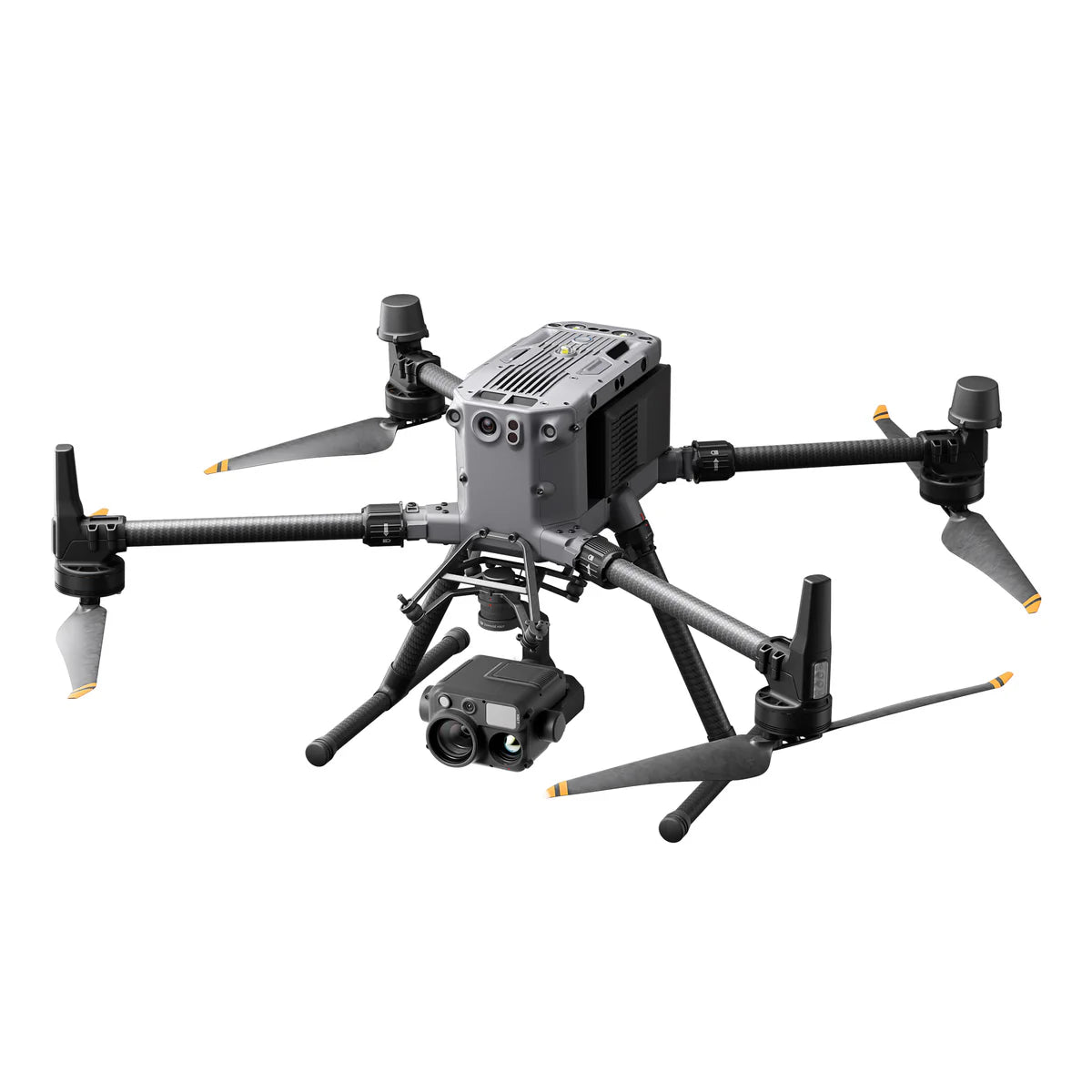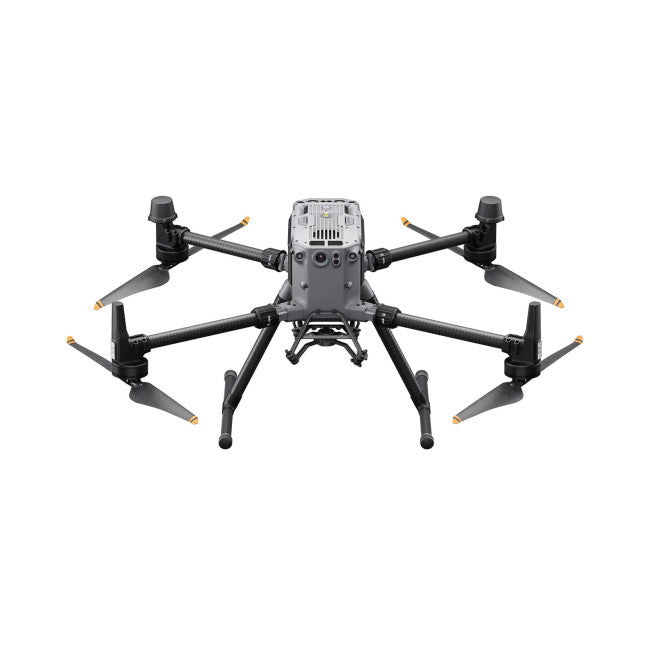Let's start with the practical reasons why flying in the fog may not be the best idea.
Flying a drone in fog is not recommended for several reasons:
- Limited visibility: Fog can significantly reduce visibility, making it difficult to see and control your drone, increasing the risk of crashes or losing the drone.
- GPS signal interference: Dense fog can sometimes interfere with GPS signals, which are crucial for the drone's stability and navigation.
- Moisture damage: Fog is essentially tiny water droplets suspended in the air, and prolonged exposure can cause moisture to get inside the drone, potentially damaging its electronic components.
- Obstacle detection issues: Fog can confuse obstacle detection sensors, making it harder for the drone to avoid collisions.
Now from a LEGAL standpoint.
A few things from the FAA may prevent you from flying in the fog.
- FAA Rules require the minimum visibility to be three statute miles from the control station. FOG on the ground does not give you this visibility.
- FAA Rules require The drone to be at least 500 feet below a cloud. So if the FOG is on the ground, this is a cloud, and thus you are not 500 feet below it.
- BVLOS (beyond visual line of sight). The FAA requires that you fly with the drone always in sight of the PIC or the Visual Observer unless you have a waiver for such operations. This applies whether you are flying recreationally (44807) or for commercial purposes (Part 107).
These are the short responses. If you need more information, feel free to reach out at anytime for clarification or to just chat more about flying scenarios.



